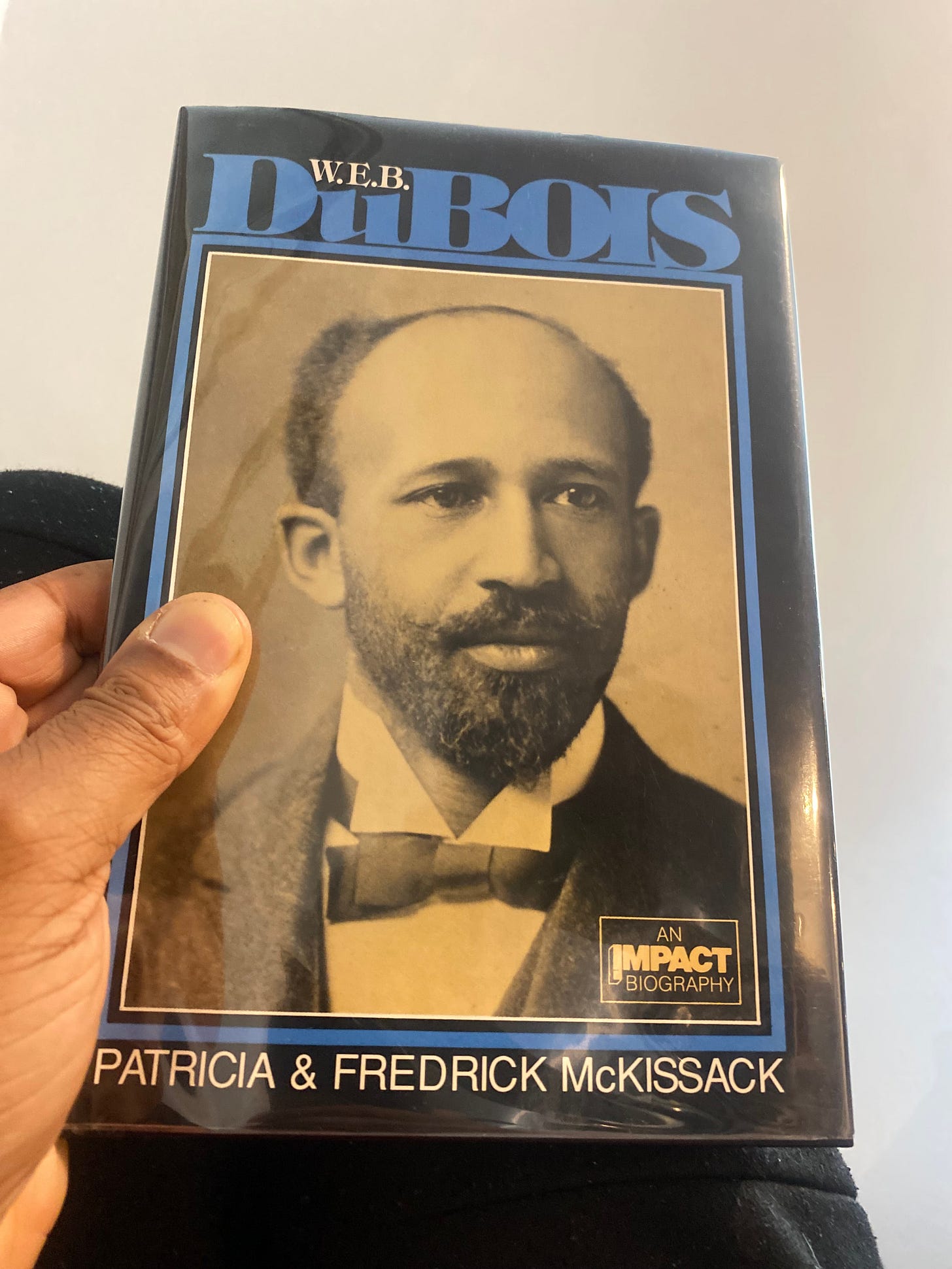As a voracious reader with a heavy appetite for Black history, diving into "W.E.B. DuBois" by Patricia and Frederick McKissack was akin to embarking on a treasure hunt.
The book, a meticulous account of the life of the legendary civil rights activist and scholar, is not just a biography. It's a portal to numerous hidden historical gems, especially those pertaining to Black history.
Among these discoveries, the 1928 wedding of DuBois' daughter, Yolande, to Harlem Renaissance poet Countee Cullen, stood out to me as a captivating and culturally significant event.
Yolande DuBois first crossed paths with Cullen in 1923, when they were both college students, DuBois at Fisk and he at New York University (NYU). The duo got married on April 9, 1928, at Salem Methodist Episcopal Church in Harlem, in a wedding officiated by his adoptive father, Frederick A. Cullen, a minister.
The wedding itself was a remarkable affair, emblematic of the Harlem Renaissance's cultural zenith. More than a union between two people; it represented the convergence of intellectual and artistic brilliance.
Yolande, an educated and cultured individual in her own right, was the daughter of W.E.B. DuBois, a towering figure in the fight for Black American rights. Countee Cullen, her groom, was a leading voice in the Harlem Renaissance, a movement that fostered Black American artistic expression and challenged the pervading racial stereotypes of the time.
Yolande DuBois, despite being overshadowed by her father's colossal legacy, was an intriguing figure. Educated at Fisk University and the Sorbonne, she was deeply involved in social issues, particularly those affecting Black Americans and women. Her marriage to Countee Cullen was not just a personal choice, but also a statement of her commitment to the cultural and intellectual upliftment of her race.
Countee Cullen's literary genius was a beacon of the Harlem Renaissance. His poetry, which intertwined the Black experience with classical poetic forms, was groundbreaking. Cullen's ability to express the complexities of being Black in a predominantly white society, with beauty and eloquence, made him a pivotal figure in the movement.
His marriage to Yolande seemed to symbolize the unity of intellectual thought and artistic expression, essential elements in the struggle for racial equality. It was not just a fairy tale; it embodied the complexities and challenges of being African American public figures in the early 20th century.
Their collective impact, both individually and as a couple, on Black history is undeniable. Yolande, through her education and social work, and Cullen, through his poetry and essays, contributed significantly to the cultural and intellectual discourse of their time.
Their marriage, albeit brief, was a testament to the fusion of the Harlem Renaissance's artistic fervor and the civil rights movement's political activism.
For me, this aspect of history in the pages of the McKissacks' book underscored how historical narratives are often layered, and how significant events can be nestled within larger stories.
The wedding of Yolande DuBois and Countee Cullen was not just a matrimonial alliance; it was a historical event that symbolized the hopes, aspirations, and challenges of the African American community during a pivotal era.
In conclusion, books like "W.E.B. DuBois" by Patricia and Frederick McKissack serve as crucial conduits to understanding our past. They unravel hidden layers of history, allowing us to appreciate the complexities of historical events and figures.
The story of Yolande and Countee's wedding is just one of many, but it's a powerful reminder of the rich tapestry of Black history and its profound impact on our collective narrative.






